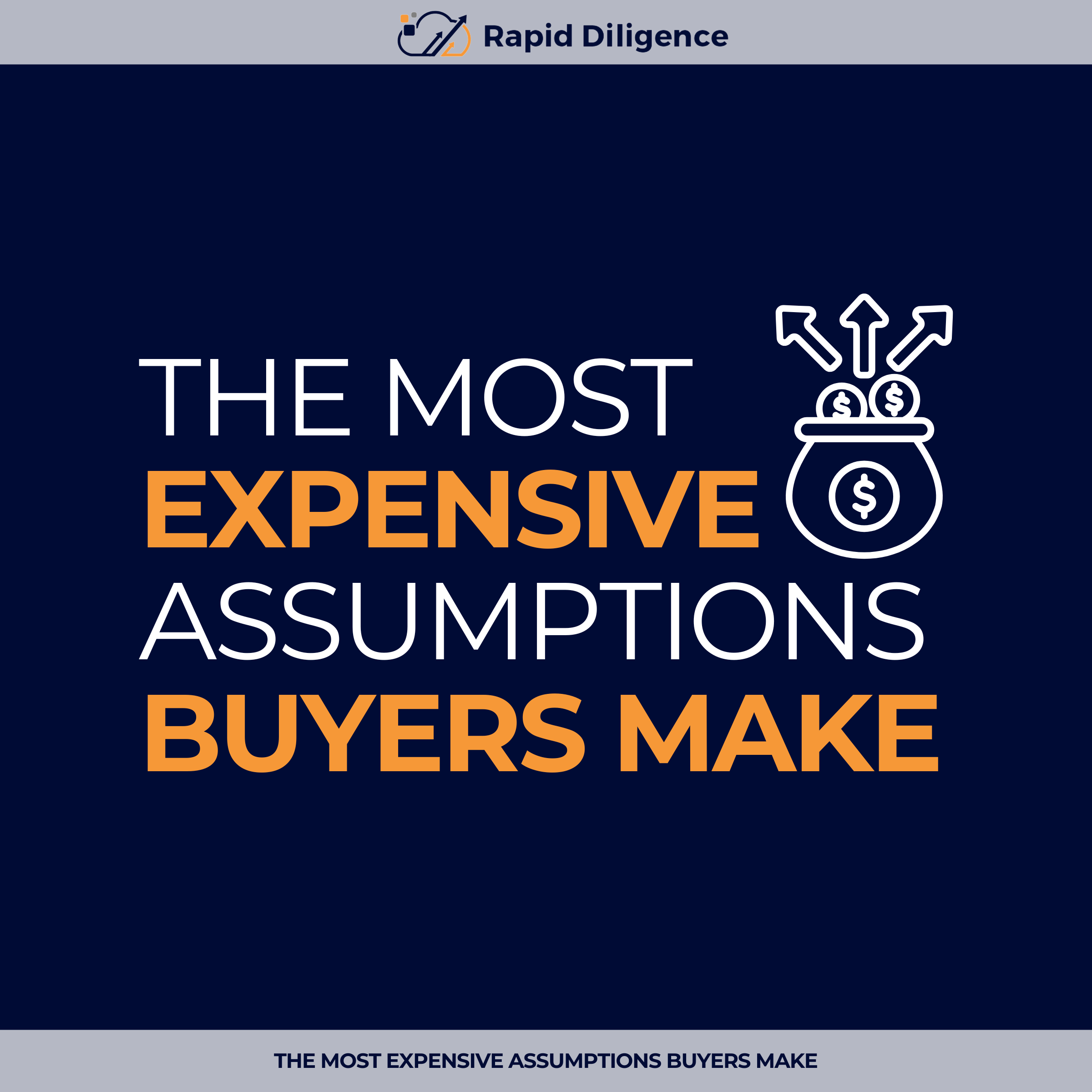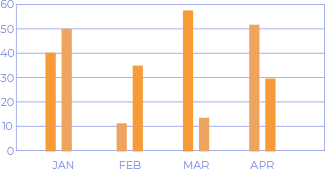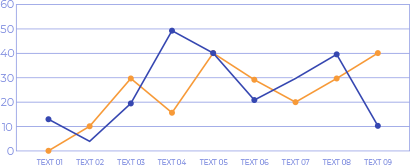Venturing into the world of SaaS business acquisitions can be thrilling yet challenging, especially for those who are not technically inclined. One of the most daunting aspects is the specialized technical jargon that comes with the territory. Understanding these terms is vital as they play a significant role in the software development lifecycle and can impact your decision-making process as a SaaS buyer.
To help you feel more confident and informed, especially if you’re a first-time buyer, we’ve compiled a comprehensive list of key terms you’ll likely encounter. Let’s dive in and demystify the jargon so you can navigate your SaaS search with ease and assurance!
In Production
Refers to the software or application being live and available for use by customers. This is the final stage where the product is deployed and actively serving users.
Deployment
The process of making a software application available for use. This involves transferring the application from a development environment to a live environment where users can access it.
MVP (Minimum Viable Product)
A version of the product with just enough features to satisfy early customers and provide feedback for future product development. MVP is a key concept in lean startup methodology.
While this term may not seem immediately relevant when buying a SaaS business — since you will generally be purchasing a finalized product that is beyond the MVP stage — it is still worthwhile to know. Many SaaS companies continuously develop new tools and software in-house. Understanding whether these particular tools that you will be acquiring as part of the transaction are at their MVP stage or not will help you anticipate future software development costs post-acquisition.
End to End Testing
A testing method used to validate the entire software workflow from start to finish. This ensures that all components of the application work together as expected.
QA (Quality Assurance)
The systematic process of checking to see whether a product or service being developed is meeting specified requirements. QA aims to prevent defects in the development process and improve the product’s quality.
Bugs
Errors, flaws, or faults in a software program that cause it to produce incorrect or unexpected results. Identifying and fixing bugs is a crucial part of maintaining and improving software.
Features
New or enhanced functionalities in a software application. Features are often driven by user needs and market demands and are a key part of product development.
JIRA / Scrum Board
Tools used for project management and tracking in software development. JIRA is a popular issue and project tracking software, while a Scrum Board is used in agile development to visualize tasks and their progress.
Version Control
A system that records changes to a file or set of files over time so that you can recall specific versions later. Version control systems like Git are essential for managing changes and collaborating in software development.
In Development
Refers to software that is currently being created or modified. This stage involves coding, testing, and refining before the product is ready for deployment.
Production Release
The final version of the software that is ready to be deployed to the production environment. This release has passed all necessary tests and quality checks.
Rollback
The process of reverting a software application to a previous version. This is often used when a new deployment causes issues or bugs that cannot be quickly resolved.
CI/CD (Continuous Integration/Continuous Deployment)
Practices in software development where code changes are automatically tested and deployed to production. CI/CD helps ensure that software can be released reliably and frequently.
Unit Tests
Automated tests written and run by developers to ensure that a specific section of an application (often a single function) behaves as expected.
Regression Tests
Tests that ensure new code changes do not negatively affect the existing functionality of the software. These tests help maintain software quality over time.
API (Application Programming Interface)
A set of rules and definitions that allows different software applications to communicate with each other. APIs are crucial for integrating different systems and services within a SaaS product.
SLA (Service Level Agreement)
A contract between a service provider and a customer that specifies the level of service expected during its term. SLAs often include metrics such as uptime, response time, and support availability.
SaaS Metrics
Key performance indicators specific to SaaS businesses, including metrics like Customer Acquisition Cost (CAC), Lifetime Value (LTV), Monthly Recurring Revenue (MRR), and Churn Rate.
Churn Rate
The percentage of subscribers who discontinue their subscriptions to a service within a given time period. Lower churn rates are indicative of customer satisfaction and business stability.
ARR (Annual Recurring Revenue)
The value of the recurring revenue components of your subscriptions normalized to a one-year period. ARR is a key metric for understanding the health and growth of a SaaS business.
Conclusion
Understanding these terms will help you navigate the process of buying a SaaS business with greater confidence and clarity. Each term represents a crucial aspect of the software development lifecycle, and being familiar with them will enable you to make more informed decisions.
Thinking of Buying a Business?
Taking the leap into your first (or hundredth) acquisition? Our team at Rapid Diligence is here to offer a wide range of due diligence services for your small business acquisition. If you have questions or are still trying to figure out where to begin, set up a free call with our team to discuss how we can help you find your perfect business.







